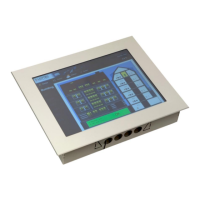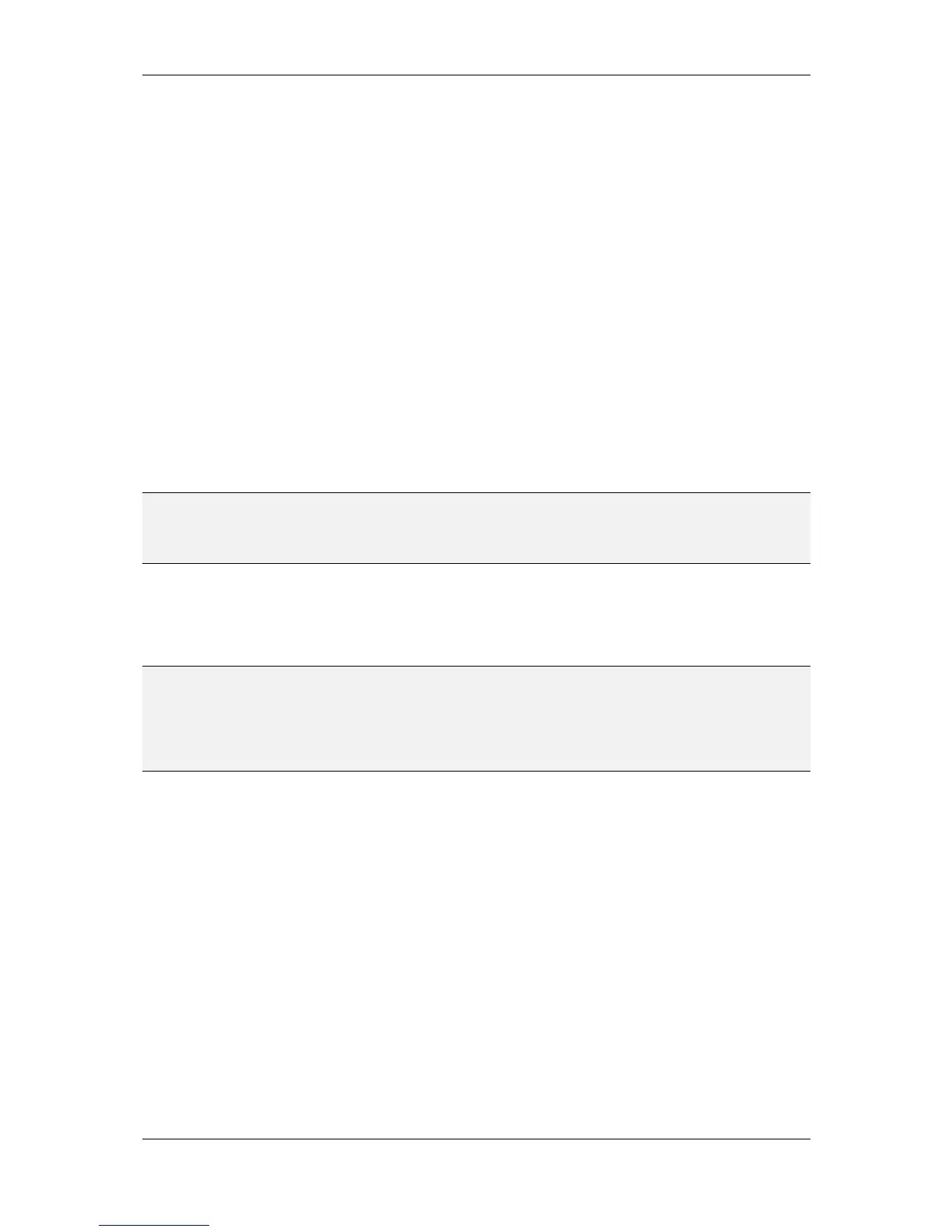L-VIS User Manual 173 LOYTEC
Version 6.2 LOYTEC electronics GmbH
there are a few other things which may need to be modified, for example colors or text for
headlines.
While many aspects of the instance will be controlled by the referenced data points and the
actually used data points will vary from instance to instance, it is not always feasible to
control everything just via data points. Therefore, a template instance allows the position,
text, alignment, colors, and some other settings to be changed on the respective property
sheets.
Note that settings which are not changeable at the instance level are disabled. To check and
modify such properties, go to the corresponding template, for example by using the
command Show Template… from the context menu of the instance, and modify the
properties in the template.
In order to keep the adjustments even when the template itself is changed, they are stored
together with the template instance object. If a stored change is no longer applicable, for
example because the object to which it applies was removed from the template, the change
is discarded. If a locally changed value for a property is found in the list of changes, the
locally stored value overrides the default settings from the template. For example, if a text
control was originally displaying the text ‘Room1’ and this text was changed locally to
‘Room101’, the changed value will be used, even if the original text in the template is
changed to ‘Room2’ later on.
NOTE: All objects of a template instance for which at least one local change is stored show a small
symbol of a pen in their tree icon, to indicate that the object was modified from its original
appearance. In addition, the template instance icon itself will be marked with a pen symbol
if at least one of the objects was changed.
To revert back to the defaults from the template, use the command Restore Defaults from
the context menu of the template instance. This will delete all stored local changes. To
delete all changes for an individual object, use the Restore Defaults command from the
context menu of the object.
NOTE: It is also possible to indirectly take back individual changes. This happens when the
property in question is set back to the same value as currently set in the template. The
system will recognize this and remove the corresponding change from the list of locally
stored changes. From this time on, changing the property in the template will cause the
instance to take over the change again, since the local change which would otherwise
overrule the template value was removed.
9.15.8 Nested Changes
In case of nested templates (see Section 9.15.4), local changes are also nested. When this
happens, changes on outer instances override changes done on sub-instance level. Consider
the following example:
Template A contains an instance of template B, and B contains a text control.
On the instance of B in template A, the text color of the control is changed to red.
The text control is displayed in red, the control and the icon of the template
instance B in A show the pen symbol.
Template A is now instantiated on a page, including its instance of B with the
text color change, such that the text control is shown in red. The blue icon of the
sub template instance B and the text control itself show the pen symbol. The icon
of template instance A has no pen symbol, because there are no local changes to
this instance yet.

